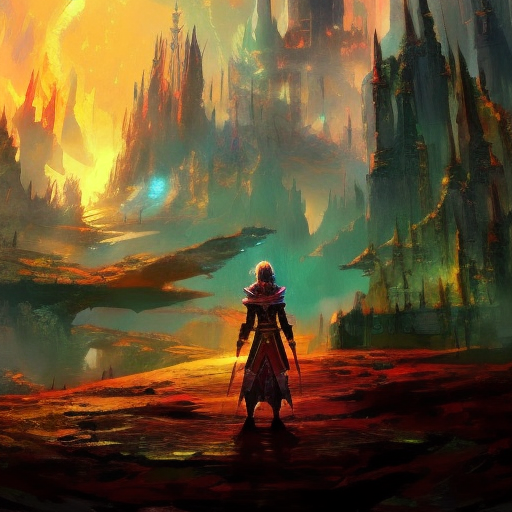One-line Summary:
Edge of Eternity is a captivating historical novel that follows the lives of multiple families across three generations, as they navigate through the tumultuous events of the 20th century.
The Rise of Communism and the Cold War:
Edge of Eternity begins in the 1960s, amidst the height of the Cold War, and explores the impact of communism on the lives of its characters. The story delves into the political tensions between the United States and the Soviet Union, as well as the rise of communism in countries such as East Germany and Hungary. Through the eyes of the different families, we witness the construction of the Berlin Wall, the Cuban Missile Crisis, and the Vietnam War. The author, Ken Follett, skillfully weaves historical events into the lives of his characters, providing a gripping narrative that captures the essence of this tumultuous era.
The Fight for Civil Rights:
Another significant theme in Edge of Eternity is the fight for civil rights and equality. The novel explores the struggles faced by African Americans during the 1960s, as they fought against racial segregation and discrimination. The characters become involved in the Civil Rights Movement, participating in protests, sit-ins, and Freedom Rides. Follett portrays the bravery and determination of these individuals, highlighting their role in shaping a more just society. Through their stories, we witness the pivotal moments of the movement, such as the March on Washington and the assassination of Martin Luther King Jr.
The Winds of Change:
As the narrative progresses, Edge of Eternity also examines the changing social and cultural landscape of the 20th century. The characters grapple with issues such as women’s liberation, the sexual revolution, and the emergence of rock and roll. We witness the transformation of traditional gender roles and the impact of these changes on personal relationships. Follett skillfully captures the spirit of the times, providing a vivid portrayal of the social upheaval and cultural shifts that defined this era.
The key takeaways from Edge of Eternity are:
- The intertwining of personal lives with historical events: The novel demonstrates how individuals are shaped by the larger historical context in which they live, and how their actions can, in turn, influence the course of history.
- The resilience of the human spirit: Despite the challenges and hardships faced by the characters, they display remarkable resilience and determination in the face of adversity.
- The importance of standing up for what is right: Edge of Eternity emphasizes the significance of fighting for justice, equality, and freedom, even in the face of seemingly insurmountable obstacles.
“The only way to change the world is to change people’s minds.” – Ken Follett
In conclusion, Edge of Eternity is a sweeping historical novel that takes readers on a journey through the tumultuous events of the 20th century. Through the lives of its diverse and compelling characters, the book explores themes of political tension, civil rights, and social change. Ken Follett’s masterful storytelling and meticulous attention to historical detail make this novel a must-read for anyone interested in understanding the impact of the 20th century on the lives of individuals.












